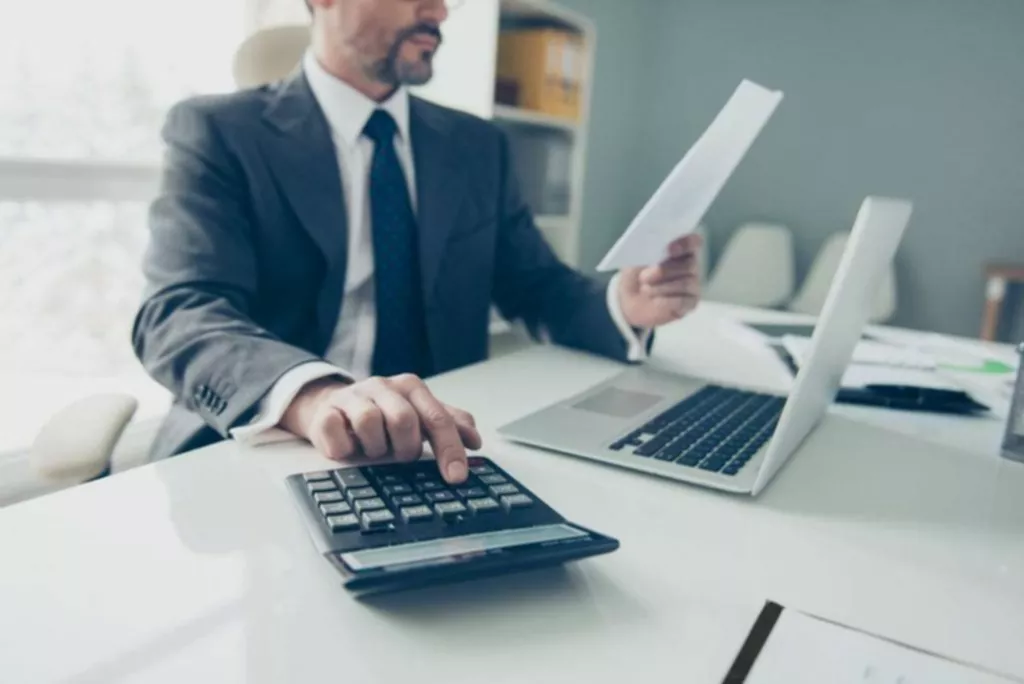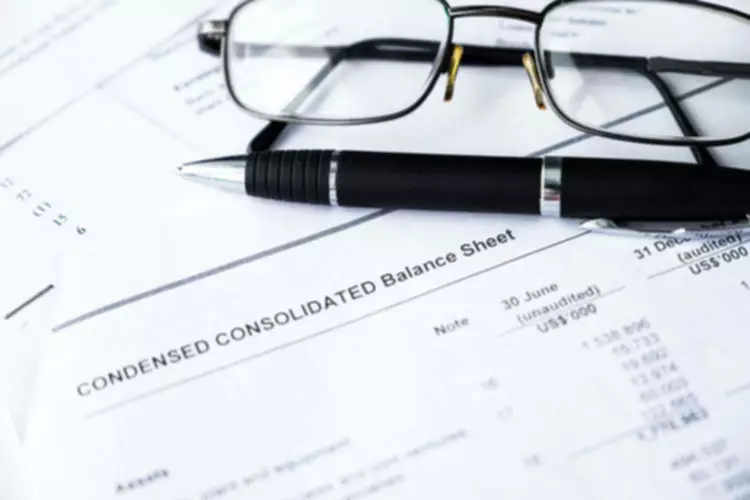Classified Balance Sheet Categories & Examples Video & Lesson Transcript
Content

A classified balance sheet is a financial statement that separates a company’s assets and liabilities into different categories. This allows investors, creditors, and other interested parties to quickly see how much debt the company has its liquidity position and the value of its assets. The most common classifications are current assets, fixed assets, intangible assets, and shareholders’ equity. The shareholder equity is categorized into preferred stock, common stock, capital in excess of par and retained earnings. In Classified Balance Sheet Format, there are three basic elements of like Assets, Liabilities and shareholder equity. Information regarding their details can either be provided by wider categories or it can be presented by subcategories to show classification of its basic elements.
- This means that the balance sheet should always balance, hence the name.
- The portion of equities and liabilities in a balance sheets starts with elements of equity.
- Once the information has been entered into the correct categories, you’ll add each category or classification individually.
- Depending on the company, this might include short-term assets, such as cash and accounts receivable, or long-term assets such as property, plant, and equipment (PP&E).
- It can also be used for internal reporting where there’s no need for investor scrutiny, reports Accounting Tools.
- Reputable Publishers are also sourced and cited where appropriate.
Other titles of balance sheet include statement of financial position and statement of financial condition. Classified balance sheet is used to provide picture to insiders and outsider about the financial health of organization in classified manners. This statement breaks down all accounts into smaller categories to create a more meaningful and useful financial report (Weygandt, Kimmel, & Kieso, 2012). A classified balance sheet is a document used to break down the total assets, liabilities, and equity of a business. Manage your company’s assets and liabilities with Jotform’s free online Classified Balance Sheet Template!
Viewpoint allows you to save up to 25 favorites.
They are required for the daily operations of the company. They can vary in their liquidity as some items will be more liquid than others. For instance, short-term securities held for sale will most likely be more than liquid than accounts receivable or inventory.

Shareholder equity is the money attributable to the owners of a business or its shareholders. It is also known as net assets since it is equivalent to the total assets of a company minus its liabilities or the debt it owes to non-shareholders. A balance sheet is a statement of a business’s assets, liabilities, and shareholders’ equity. Balance sheets offer a snapshot of your business assets and any debts that it owes, as well as the amount invested by the owners. The typical balance sheet comes with a standardized format from various accounting principles and standards. However, the classified one does not have these requirements.
Long-Term Investments
The classifications used will vary depending on the type of business you own, and there is no one way to format a classified balance sheet properly. The chart below lists common balance sheet classifications and examples of the balance sheet accounts that are included in each classification. Smaller businesses typically use an unclassified balance sheet, but classified balance sheet if you’re looking for a report that provides the same data in a more detailed format, you’ll want to prepare a classified balance sheet. A company usually must provide a balance sheet to a lender in order to secure a business loan. A company must also usually provide a balance sheet to private investors when attempting to secure private equity funding.

In both cases, the external party wants to assess the financial health of a company, the creditworthiness of the business, and whether the company will be able to repay its short-term debts. As noted above, you can find information about assets, liabilities, and shareholder equity on a company’s balance sheet. The assets should always equal the liabilities and shareholder equity. This means that the balance sheet should always balance, hence the name.
Register to view this lesson
We strive to empower readers with the most factual and reliable climate finance information possible to help them make informed decisions. Carbon Collective is the first online investment advisor 100% focused on solving climate change. We believe that sustainable investing is not just an important climate solution, but a smart way to invest. Carbon Collective partners with financial and climate experts to ensure the accuracy of our content. Go a level deeper with us and investigate the potential impacts of climate change on investments like your retirement account. Mary Girsch-Bock is the expert on accounting software and payroll software for The Ascent.
Business owners and accountants will draft out an unclassified balance sheet before categorizing the assets and liabilities. The categorization of items is what makes a classified balance sheet different from a traditional balance sheet. An unclassified balance sheet will list items under assets, liabilities, and stockholder’s equity without needing to regard the order. A classified balance sheet will categorize assets, usually in order of liquidity and liabilities, usually in order of the due date.
Why is a classified balance sheet important?
Balance sheets allow the user to get an at-a-glance view of the assets and liabilities of the company. When analyzed over time or comparatively against competing companies, managers can better understand ways to improve the financial health of a company. Investors can get a sense of a company’s financial wellbeing by using a number of ratios that can be derived from a balance sheet, including the debt-to-equity ratio and the acid-test ratio, along with many others. The income statement and statement of cash flows also provide valuable context for assessing a company’s finances, as do any notes or addenda in an earnings report that might refer back to the balance sheet. Unclassified balance sheets are quick to draft up and can provide easily accessible information for balance sheet accounts.
- For instance, the reader can easily calculate the company’s working capital since the classified balance sheet shows the total amount of the company’s current assets and the total amount of its current liabilities.
- Current liabilities may encompass account payables, note payables, accruals etc.
- These assets are also called long-term assets and include fixed assets, longer term investments.
- It is extremely useful to include classifications, since information is then organized into a format that is more readable than a simple listing of all the accounts that comprise a balance sheet.
- Learn the different types of balance sheets, and how keeping an unclassified balance sheet can help you manage your expenses.
- The classified balance sheet is important because it provides interested parties with the means to analyze key company metrics like the quick, current, and cash ratios.
- Additionally, return on investment can be pinpointed more efficiently.
